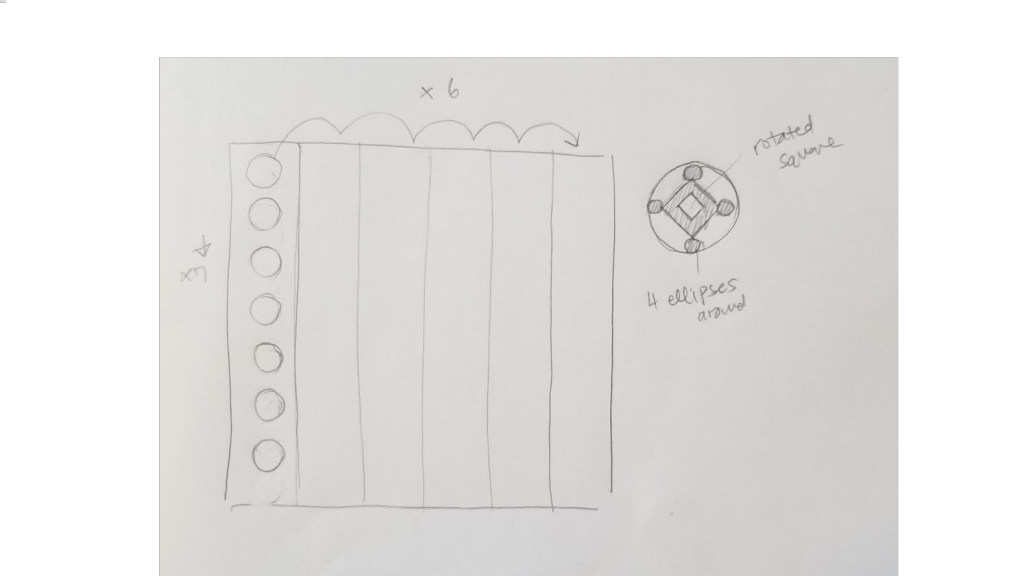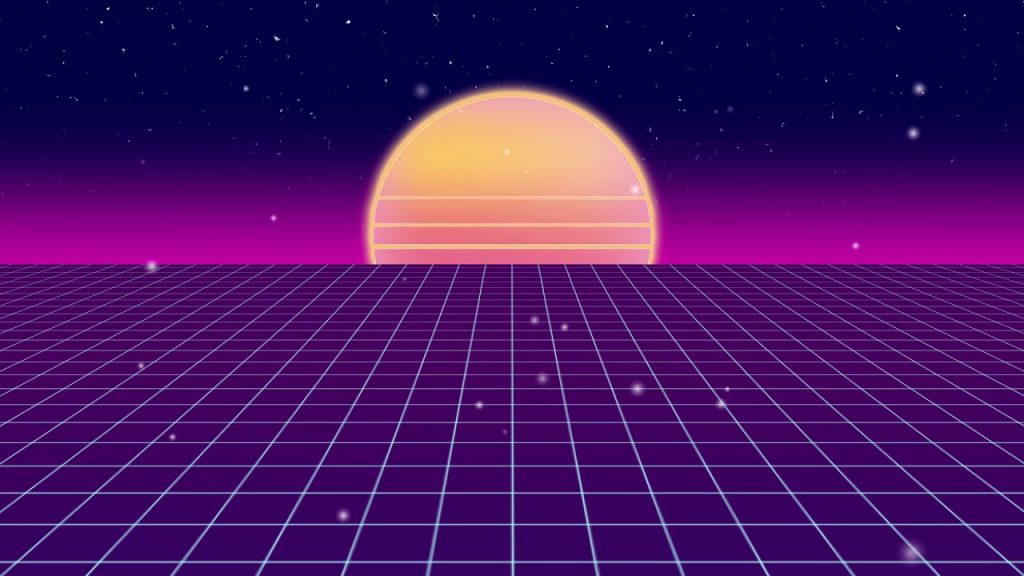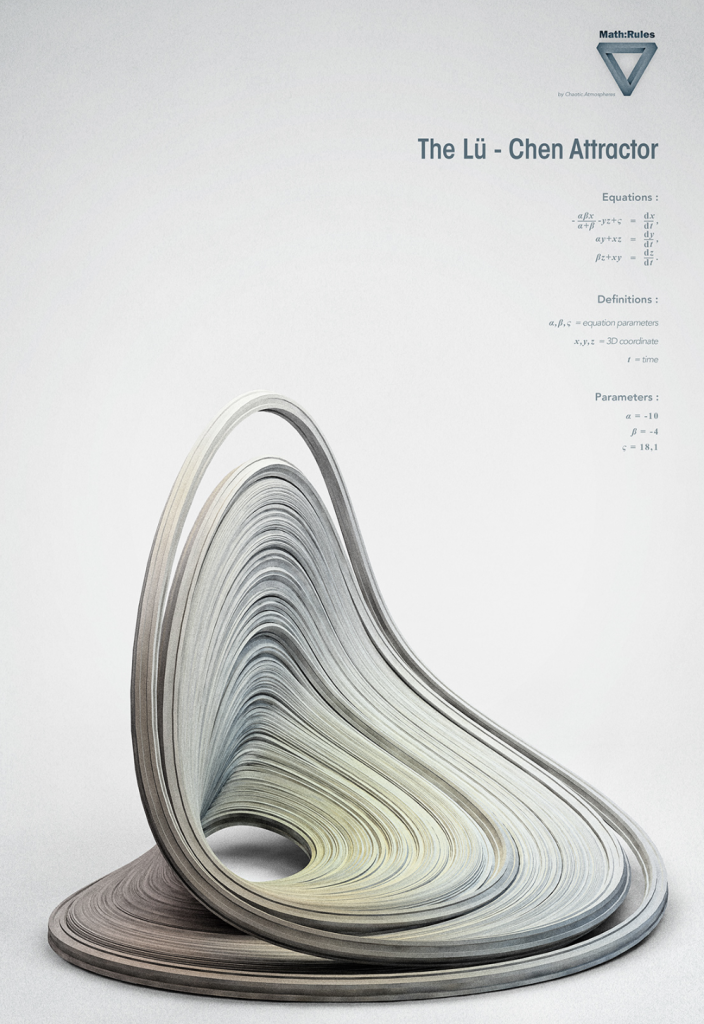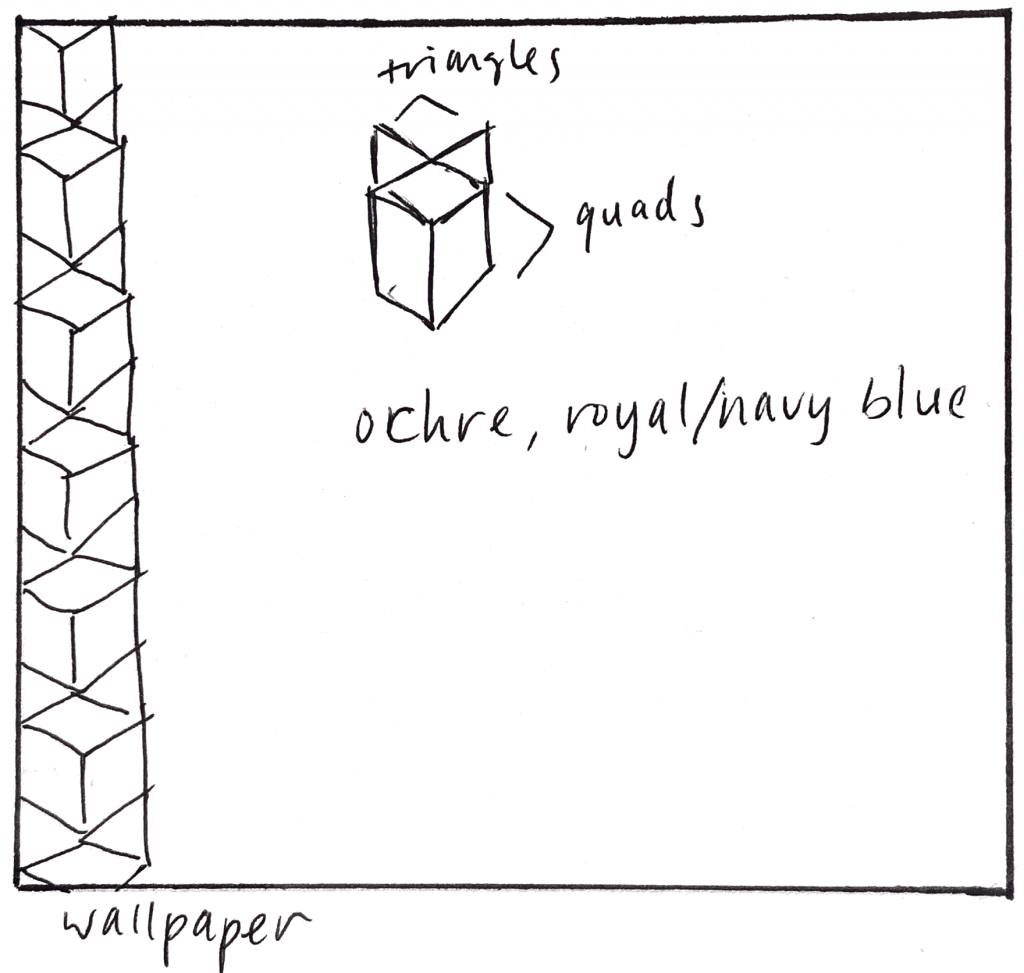
Red Shoes is a Korean animation movie that was released in July 25, 2019. This movie is so far titled as the most quality animation ever made in Korea, and the reason behind this is from the movie’s character designer, Sangjin Kim. Sangjin Kim worked in Disney the past few years and was once responsible for designing characters in the world’s most representative animation, Frozen. For this reason, we can clearly see Kim’s artistic sensibilities in the movie, in other words, we can see how similar the characters of Red Shoes and Frozen look alike. Not only that, but there were people in the production crew who worked for DreamWorks as well, making people proudly announce the animation to be made by the most skilled, influential people in Korean animation history. As a Korean and as a design major student, I admire this work so much because of its quality 3d computer graphic techniques applied to the movie. In the actual movie, audiences are able to see many detailed computer graphics applied. Also, the characters of the movie themselves are designed exquisitely that the 3d computer graphics in the movie are nearly flawless. According to Sangjin Kim, his dream was to collaborate with Korean animators as a Korean himself. He wanted to create a major work in Korean animation industry and show people that Korea can also create quality 3d animations as well. I can really see how much time and work he has spent to create this animation just by watching the movie from the beginning to the end, which makes me admire this work even more.
![[OLD FALL 2019] 15-104 • Introduction to Computing for Creative Practice](../../../../wp-content/uploads/2020/08/stop-banner.png)













